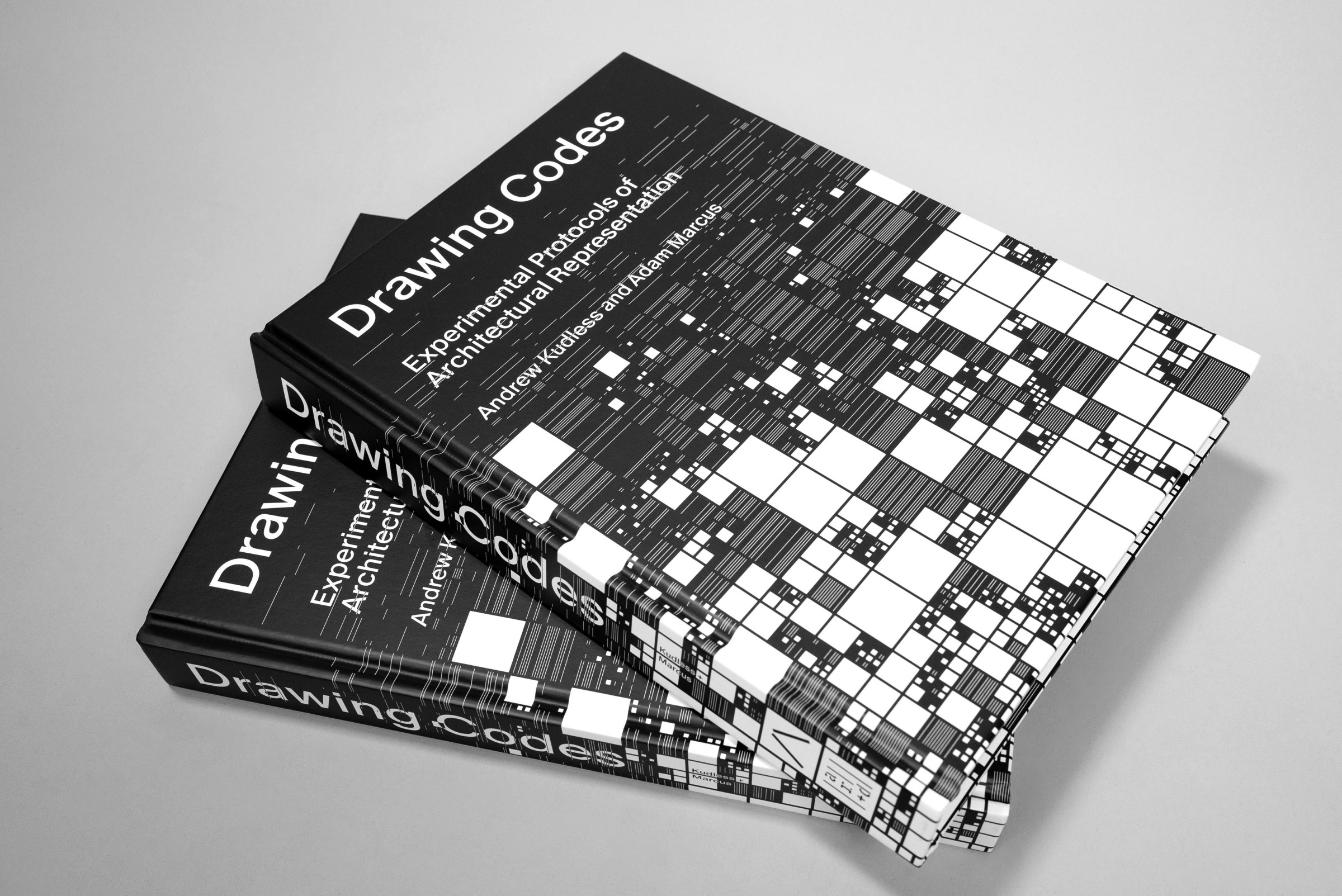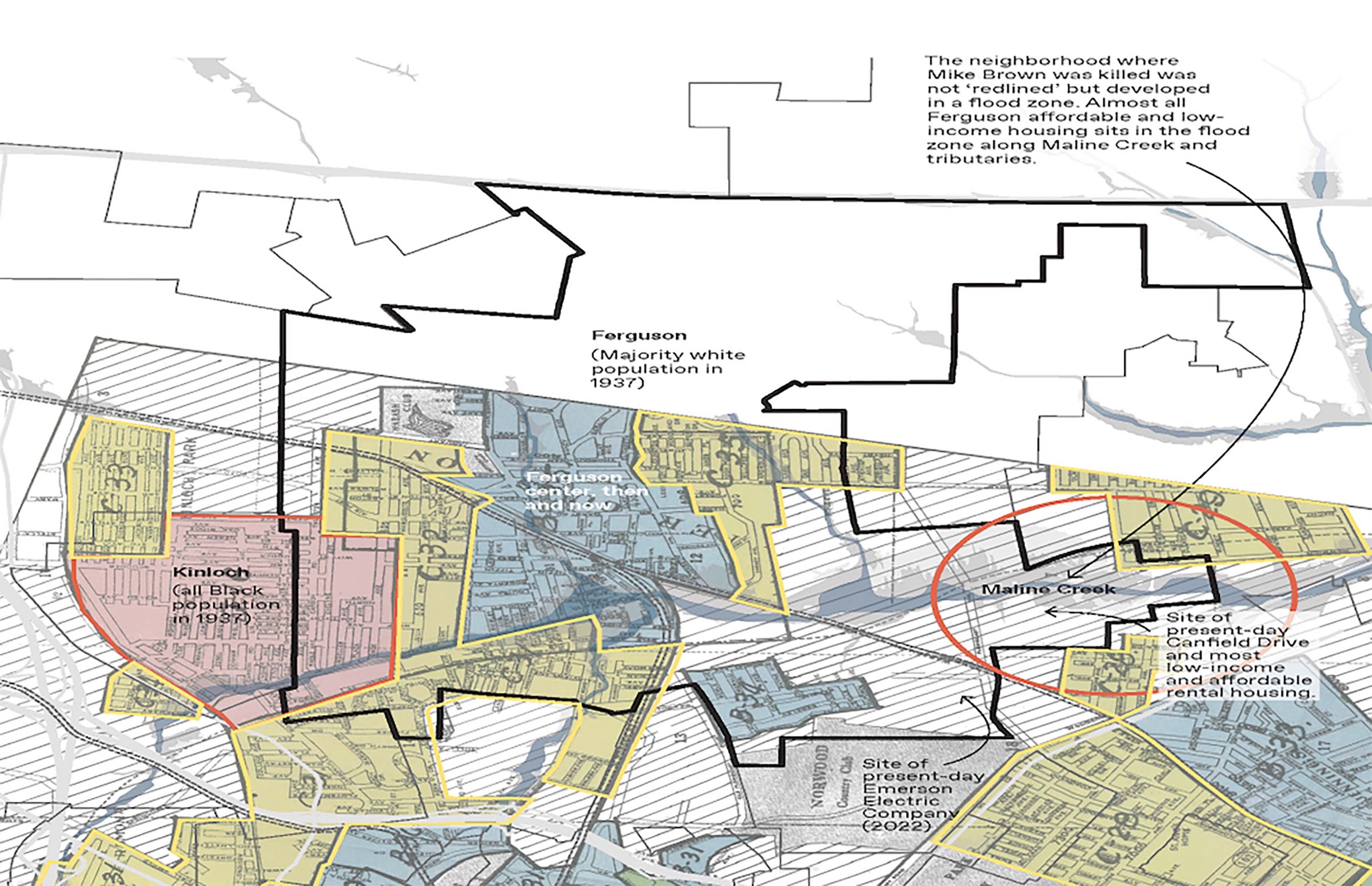Drawing Codes: Experimental Protocols of Architectural Representation

October 30, 2024
BY ISABEL BERMAN
Adam Marcus, Associate Professor and Research Director of the Center on Climate Change and Urbanism at Tulane School of Architecture, with Andrew Kudless (M.Arch '98), has co-authored Drawing Codes: Experimental Protocols of Architectural Representation.
Drawing Codes examines the transformative shift in architectural drawing, focusing on how digital technology has redefined the role of drawings in the design process. In the past, drawings primarily served as design generators, laying the foundation for architectural concepts and structures. However, as the field has evolved toward computational modeling, the function of drawings has morphed from conception to representation, integrating complex digital processes. Drawing Codes delves into this shift by highlighting how computational techniques, such as procedural drawing and machine learning, influence the ways architects document, analyze, and innovate within the built environment.
From the book: "Architectural drawing is deeply contingent upon representational codes, systems, and conventions. These shared languages and practices, institutionalized over generations and centuries, help streamline the communication of design intent to constructed reality." (Marcus and Kudless, p. 73)
The book showcases 96 drawings commissioned from diverse architects, each responding to a conceptual prompt. Through a standard format, the pieces reflect a range of creative responses to questions of design, code, and representation, demonstrating how procedural thinking can be a powerful tool in reimagining architectural drawing. Complementary essays from architects and theorists explore the potential of computational thinking to elevate drawing beyond a mere visual representation, viewing it instead as a critical act capable of probing and challenging architectural norms. This compilation ultimately underscores that, despite new technology, architectural drawings retain their capacity for creative and critical exploration.
By emphasizing uniformity in format but not in interpretation, Drawing Codes reveals the rich diversity within architectural representation and the potential of computational methods to revitalize the medium. Through this approach, the book reaffirms drawing’s ongoing relevance in the digital age, positioning it as a dynamic, inventive medium within architecture.
The Architect's Newspaper recently published a review by Davis Richardson of the book.

For more information, visit Applied Research and Design Publishing.
Related

Alum publishes urban design book
Patty Heyda (M.Arch '95), a professor of urban design in the Sam Fox School of Design & Visual Arts at Washington University in St. Louis., has published Radical Atlas of Ferguson, USA, offering an intensive exploration of how structural inequality is embedded in the built environment.

Faculty co-authors photography book
Richard Campanella, Associate Dean of Research and Senior Professor of Practice in Architecture and Geology, is the co-author of Nocturnal New Orleans, a photography book with Marco Rasi.